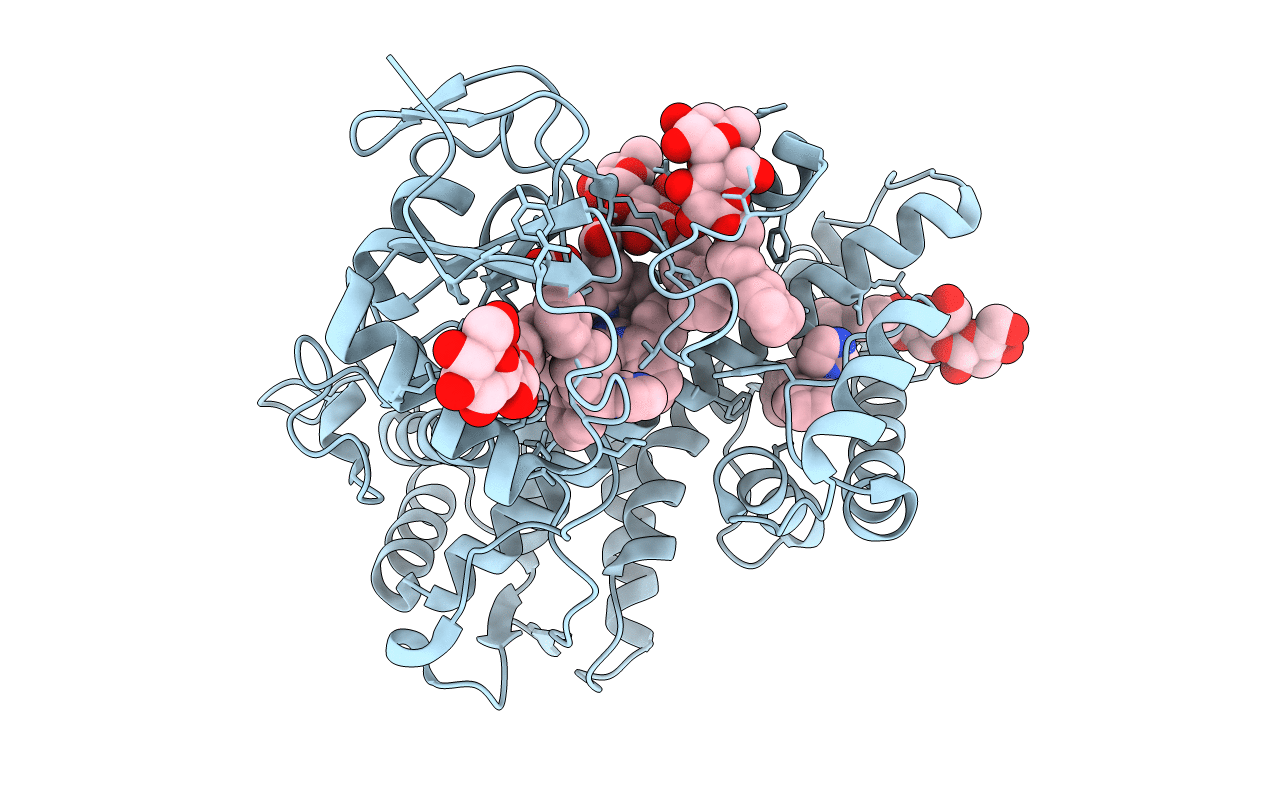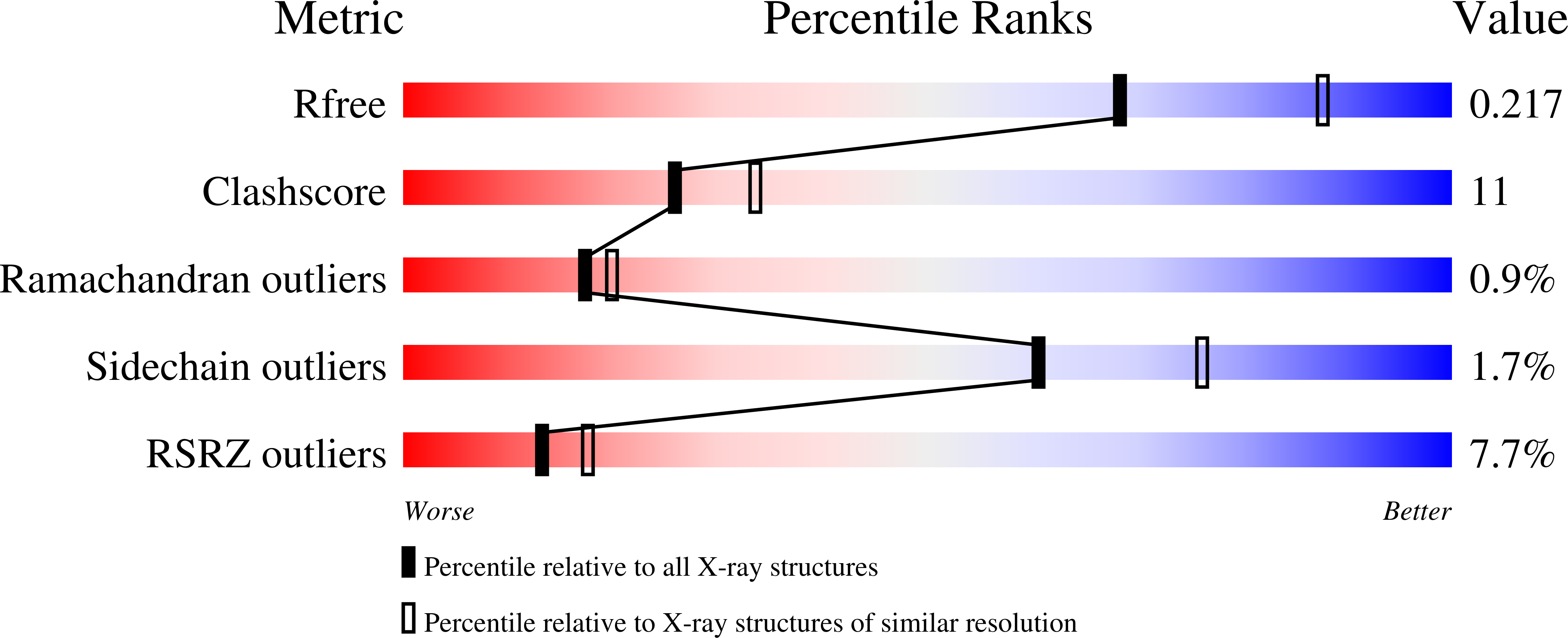
Deposition Date
2005-10-20
Release Date
2005-12-27
Last Version Date
2023-08-23
Entry Detail
Biological Source:
Source Organism:
Oryctolagus cuniculus (Taxon ID: 9986)
Host Organism:
Method Details:
Experimental Method:
Resolution:
2.30 Å
R-Value Free:
0.21
R-Value Work:
0.19
R-Value Observed:
0.2
Space Group:
P 61 2 2


